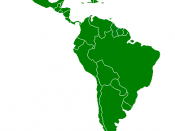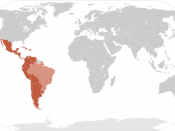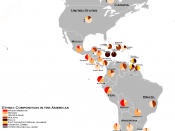Situation:
Submarino.com is a leading e-retailer in Latin America that offers products in multiple categories; Books, Rare and Imported Books, CDs, MP3s, Video and DVD's, Toys and Games, Software and Computer Supplies, Cell Phones and Consumer Electronics (TVs, DVD Players, etc.). The company is headquartered in Brazil with virtual stores in Argentina, Mexico, Spain and Portugal. Submarino.com was launched in June 1999 by Antonio Bonchristiano. Bonchristiano obtained backing from GP Investments and acquired BookNet with the concept of replicating the Amazon.com business model. Between November 1999 and September 2000, Submarino.com launched online stores in Brazil, Argentina, Mexico, Spain and Portugal.
Submarino.com is challenged with achieving aggressive sales targets set by investors in 2001 and profitability in 2002.
KEY POINTS:
1. Economy in 2000 - NASDAQ fell 50% from mid-March through the end of 2000. Investment banks and other institutions started reappraising Internet Business Models. They realized that the same rules applied to e-commerce as to brick-and-mortar companies and that financial statements and credit ratings of most Internet companies looked dreadful.
2. Challenges of the Latin American Market - Although the Internet sector in Latin America was growing, Latin America presented several challenges for continued growth; the average income per capita was low, PC and Internet access was low, credit card usage was low, inflation was high and capital was scarce. In addition, economic and cultural differences prevented standardizations within the market.
3. Business Model - Key capabilities and assets include the management team, blue-chip investors and strategic partners, warehouse and fulfillment operations, and technology infrastructure. There was a heavy emphasis on the cooperation between local countries, country managers and headquarters.
4. Financial Model - Revenues are generated from selling merchandise purchased from suppliers, held in inventory and shipped to consumers. Financial support from investors equaling US$108.1 million, including "seed capitol"...


